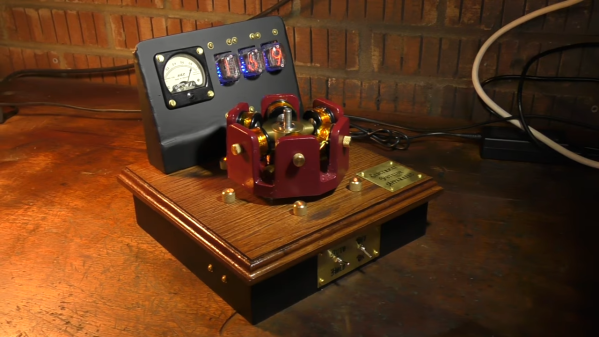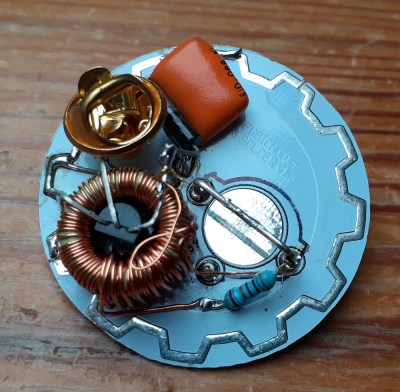The steampunk aesthetic can take on many forms, and while pipes, valves, and boilers can look great, having complicated machinery with lots of moving parts really makes your project shine. A team of steampunk enthusiasts over at Tampere Hacklab did this by building a vehicle named Maakrapu. It’s a two-wheeled buggy that looks like it’s being pulled forward by some kind of five-legged creature. The extremely smooth motion of its legs conjures up images of lobsters or crabs (“Maakrapu” means “land crab” in Finnish), and is also reminiscent of Theo Jansen’s Strandbeesten.
The wooden legs are linked together with a metal crankshaft, which was welded together from plasma-cut parts. A steering wheel is included to orient the legs in the direction of travel, although the actual steering of the vehicle is done through differential braking. An earlier version had no propulsion and was meant for downhill riding only, but this latest model comes with an electric motor and a battery, making it actually somewhat useful as an urban runabout.
The video embedded below shows the design of the Maakrapu as well as a long drive from the center of Tampere back to the Hacklab. If you like vehicles with lots of little moving legs like this, check out the Strandbeest Bicycle. For a more literal “steam”-punk experience, try this steam-powered bike.
Continue reading “Maakrapu Is A Buggy Drawn By A Five-Legged Beast”




















